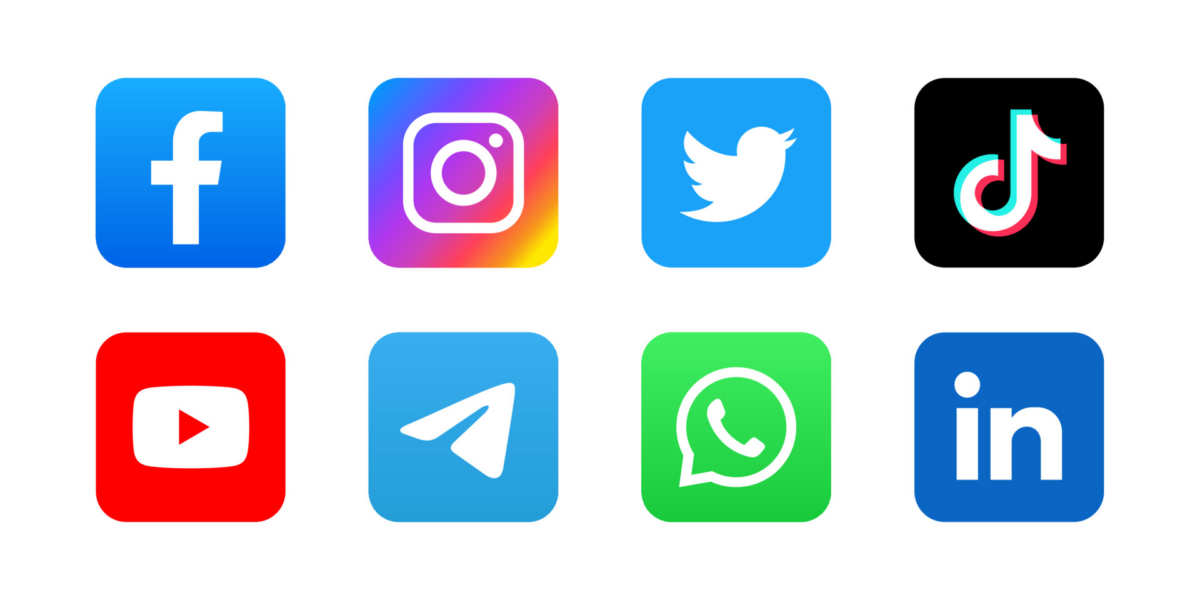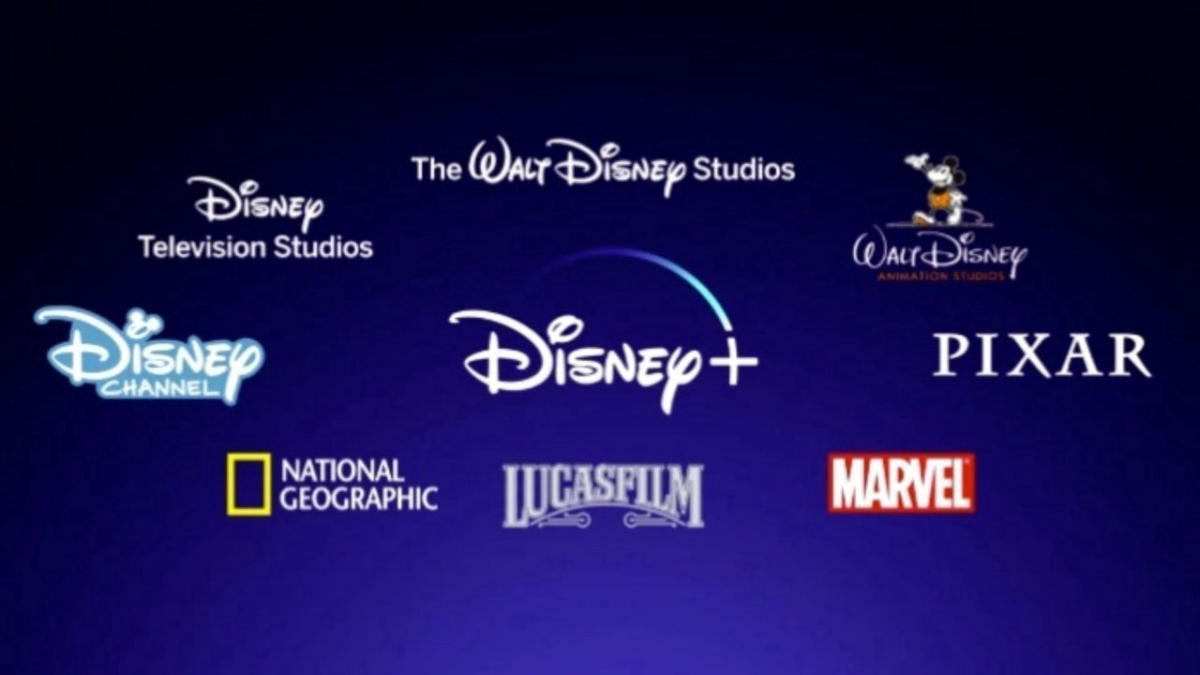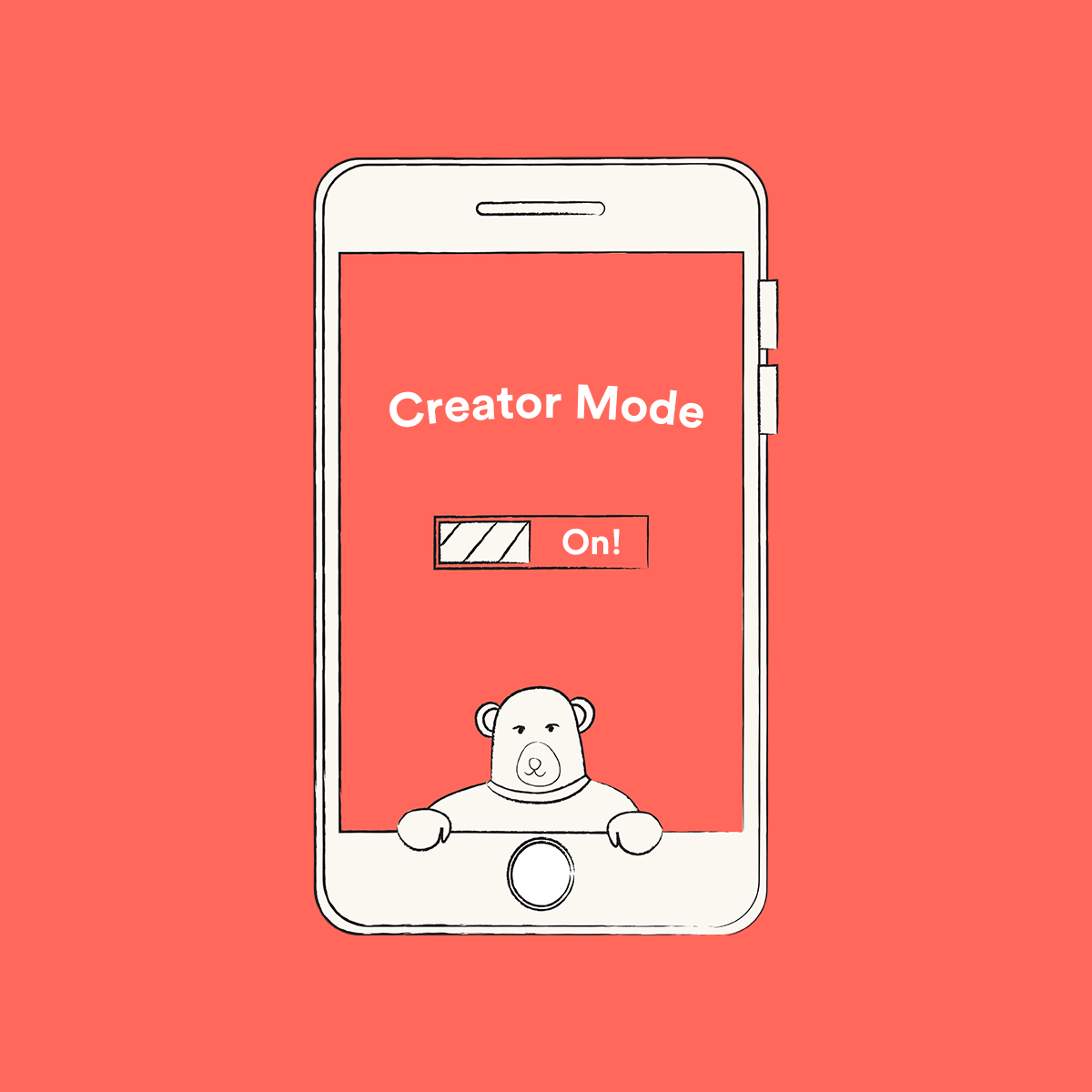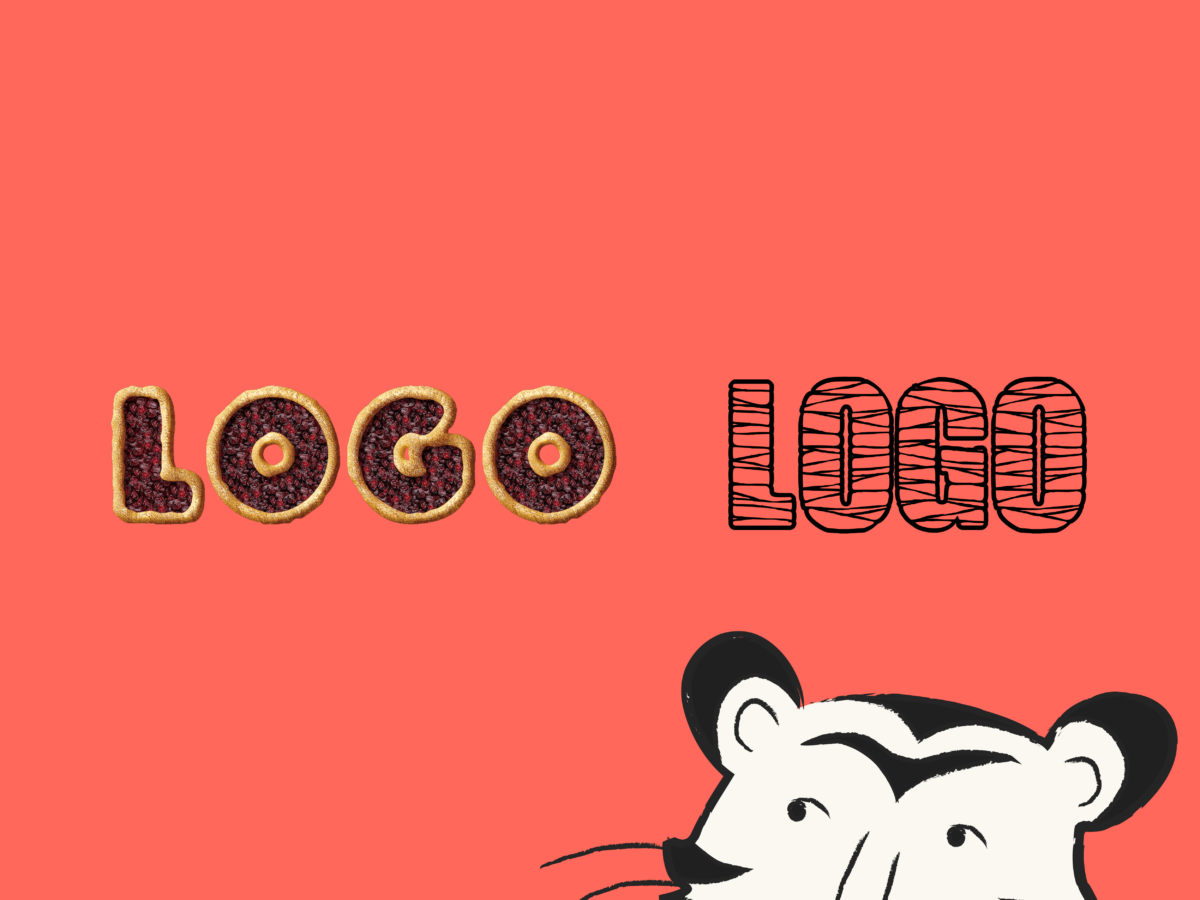Everyone’s seen that one branding example that has stuck with them. For some, it could be the Old Spice advert, with its highly quotable dialogue, “I’m on a horse”, right before their iconic whistling jingle.
Or it could be a display you saw in person, like a product demonstration gone-wrong (not looking at you, Mr Musk). Even if it seemed like a failure at the time, chances are it got you talking about the brand far more than if everything had gone smoothly.
Businesses are always looking for new ways to improve their company’s brand, make it stand out, and attract new customers, which isn’t the easiest thing to do. So, whether you’re a small startup looking for a break, or a huge conglomerate wanting to drum up new ideas, today we’ll lead you through the world of innovative branding. We’ll look at some concepts to try out for yourself and identify the brands that have withstood the test of time.
Let’s get started!
What is branding?
When we think of a company, we think of many elements surrounding it. This could be:
- The logo design
- The theme/jingle
- A specific color
- Tone of voice
- Typography and lettering
- Its core values
- Words we associate with it
- A distinctive piece of advertising that has stuck with us
All of this serves to create a brand identity, which businesses can use to stay consistent and recognizable. A strong brand strategy allows a company to communicate its ideas and values with its customers. This helps to develop a secure and positive perception of the company and allows them to stand out from their competitors.
What is innovative branding?
Innovative branding takes this to the next level. It’s no secret that the world of business and marketing is a ruthlessly competitive place. It takes hard work and dedication to be successful – and a killer marketing strategy to boot.
Innovation means looking at things from a new angle and exploring new ideas which haven’t been considered before. It also means being adaptable; every brand has to change with the times in order to stay relevant and bring in new generations of customers. Innovative branding initiatives will make this challenge significantly easier.
This doesn’t have to be a once-in-a-lifetime huge revelation. Progress can be as quick or as slow as you like. Those million-dollar ideas are always wonderful to come across, but even small, incremental changes over time can build up an award-winning brand identity.
Great innovative branding ideas
This is a little contradictory, as to be innovative means (in part) to develop new ideas which no one has thought of before. However, you can change these ideas and add to them in whatever way you like, evolving them into something revolutionary. Let’s take a look.
Keep things fresh
A stagnant brand is old news. Even the most reliable companies who feel like they’ve been around forever have had to change with the times and freshen up their style. Sometimes a rebrand is necessary – and that’s no bad thing.

The marketing that brands used in 1983 is going to be vastly different 40 years later in 2023, so make sure to frequently call your board members and marketing team together and think about how to change your strategy in the future.
Innovative companies manage to appeal to every new wave of consumers who come their way without sacrificing the business of their existing customers. At some point, there’s always going to be customer churn, but balancing this rate so that you’re bringing in more customers than you lose will always mean success.
Rebranding could mean:
- Changing a company name: For example, when British Petroleum changed to BP, or when Facebook as a parent company changed to Meta.
- Evaluating your values: Whilst your core values may stay the same, that doesn’t mean you can’t add to them. In an age of environmental activism, many companies are stressing their sustainability measures and actively working to reduce their environmental impact on the planet.
- Color or logo change: Even something as simple as a color change can help freshen things up or indicate new ownership. The logo can be a bit more dramatic, since it’s often what people first think of when they hear a company name. For example, we’ll bet that when you hear the name ‘Burger King’, you still think of that iconic blue, yellow, and red, right? Not any more. They’ve gone back to their roots with a new logo inspired by an earlier design from 1969.

Maximize your social media presence
It’s estimated that around 60% of the world uses social media – that’s around 4.7 billion people.
So it’s safe to say that you need to get your brand on social media ASAP and start crafting the best digital marketing strategy you can.
Being on the internet doesn’t just mean posting witty tweets or cute posters advertising upcoming product launches. It also allows you to:
- Collaborate with other brands
- Talk to your customers
- Stay on top of the latest news in your industry
- Connect with influencers for brand deals
- Become a leading voice in your sphere
- Promote any additional ventures such as charitable causes or entrepreneurships
- Incorporate user-generated content into your marketing
But be careful not to spread yourself too thin. Whilst having a strong social media presence is important, be aware of the ones your target audience is using the most so that you don’t waste time creating posts for very little return. Additionally, when you have too many accounts, it can be difficult to schedule, and some platforms may be ignored.
Scheduling tools such as Mailchimp, Sprout Social, and Hootsuite can help teams of any size organize their posts for weeks to come and automatically post them when desired.

Go beyond marketing
Whilst showcasing and peddling new products is great for business, it can be rather one-dimensional. Some of the biggest and best brands in the world go beyond simply trying to sell products and move into the educational, informative side of marketing.
By carving out a space for yourself as a voice of authority and an industry professional, you’re likely to find that a lot more people begin to recognize who you are. Being recognized as a thought leader, especially in the online world, is an excellent way to brand yourself. Be innovative with your use of:
- Blogs for slightly more short-form written content designed to engage and interest
- Informative papers for helping to instruct and educate those around you
- Videos for fun, catchy content that people can easily share with others
Collaborations with other brands, webinars, podcasts, and live demonstrations all help to spread brand awareness. Create events and invite other similar brands to come and participate. Alternatively, reach out and sponsor causes you believe in or donate branded products to these events to draw more attention.
Use a variety of mediums
Imagine you’re at a busy market. Your eyes are passing over a variety of interesting-looking stalls – some have signs, some have shelves to display their goods, and some have vendors out front with taster bites. These are the people you’re far more likely to pay attention to compared to one stall lost in the crowd with all of their products just sitting, uninteresting, on their table.
It’s a weird metaphor, we know, but it applies just as much to e-commerce and online marketing as it does to its physical counterpart.
You have to be dynamic. Make sure to stay on brand, but don’t be afraid to get yourself out there and experiment with different forms and mediums. Think of billboards in Times Square, fun advertisement videos on TV, or pop-up shops in LA. If you can’t afford that, then get your marketing team together and think of interesting ways to capture people’s attention online.

4 of the most innovative brands
Now let’s take a look at a few case studies from some of the companies leading the way in terms of brand innovation. If you’re looking for inspiration, then you can take a few leaves from their books to make your own branding shine.
Apple
It was only to be expected that one of the biggest, most valuable brands in the world would be front and center on this list. Apple (and, by extension, their competitors such as Samsung) are masters of innovation, continuously creating new goods and services to stay top-dog.
Founded in 1976 by Steve Jobs and Steve Wozniak, Apple started with a dream to create the smallest computer possible, which they did with the Apple I microcomputer. The Apple II was a much greater success, and from there, the company generated a worth of 2.97 trillion USD.
Apple has an insanely wide reach when it comes to tech, including:
- Wearable technology like watches
- Laptops and computers
- Phones
- Tablets
- Virtual Reality (VR) devices
- Televisions
- Headphones
- Smart home devices
One thing that people either love or hate about Apple products is how self-enclosed they are, using their own operating system (OS) to provide a very unique, highly specific customer experience.
Disney
As the oldest brand on here, Disney has seen an entire century of change since its foundation in 1923. What started off as simply a company making lovable cartoons and animations has become a global conglomerate, buying up all other desirable studios around. And, with the original iteration of their mascot, Mickey Mouse, entering the public domain in 2024, it’s likely we’re going to see another branding redesign from them very soon.

Disney has an arsenal of tools at their disposal, allowing them to reach almost every single market possible. Their branding is infallible. Everyone’s heard of them, and now they’re universally recognized as one of the top providers of quality entertainment anywhere.
Their innovative strategies are largely due to their skill at capturing audiences with their stories and promoting a larger-than-life feeling of magic and possibility. Whilst it may sound overly whimsical, just think of how many kids you know who dress up as Princesses or Superheroes, or adults who reminisce fondly on the animated classics they grew up with.
Each piece of marketing and advertising taps back into these emotions, keeping audiences hooked.
Nike
Nike’s driving force comes from its direct approach and commitment to its core values. Anyone can be an athlete, and anything is possible – you have to “Just Do It”.
They go for the emotional gut punch with a focus on the users of their brand, which includes a bunch of user-generated content and key endorsement from sports superstars such as Michael Jordan and Tiger Woods. Emotional storytelling is their key innovation strategy here, as they show how their products have helped and empowered people to get active.
They go for a relatable angle, including messages from people of a variety of demographics, backgrounds, and ages to show that they are made with everyone in mind.
They’re also very active on social media, frequently posting about causes they support or being a reliable source of contact for any customer queries or complaints.
TikTok
No matter how controversial TikTok may be in the US, it’s undeniable that this is a brand that has got its branding down to a ‘T’.
The content you can find on TikTok is addictive, and there’s just so much of it. The app is easy to navigate and encourages people to get involved and make their own videos. This provides a crucial sense of togetherness and familiarity whilst also generating an endless amount of media for others to consume.

TikTok came off the back of other apps like Musical.ly and Vine, which promoted a quick, snappy user experience; you only had 7 seconds to make a video, so you had to make it count. Whilst TikTok has expanded this timeframe, with the option to make videos last several minutes, the vast majority of content is short-form and easily digestible.
It’s a form that’s been so inspirational that it’s forced other brands to take note and change the way they operate, too. Instagram Reels and YouTube Shorts only came about because of TikTok’s roaring success.
Ready to get going?
So there you have it – the starting steps for how you can really get creative with your branding. It is an art form, after all, as it needs to showcase who you really are as a company, what you stand for, and what you’re capable of.
Even if you want to play it safe, always be on the lookout for how you can add something new to your content. It doesn’t have to be a reinvention of the wheel, it just has to get people talking (in a good way).
We wish you the best of luck!









